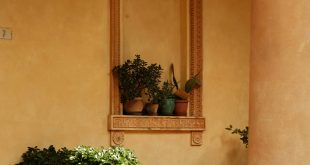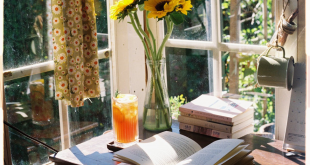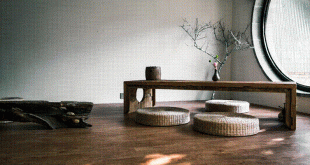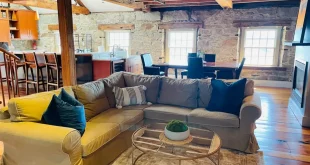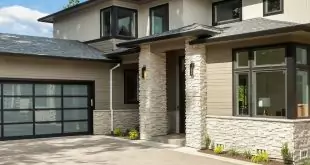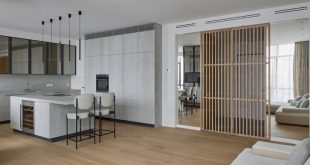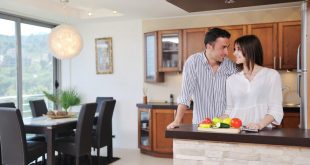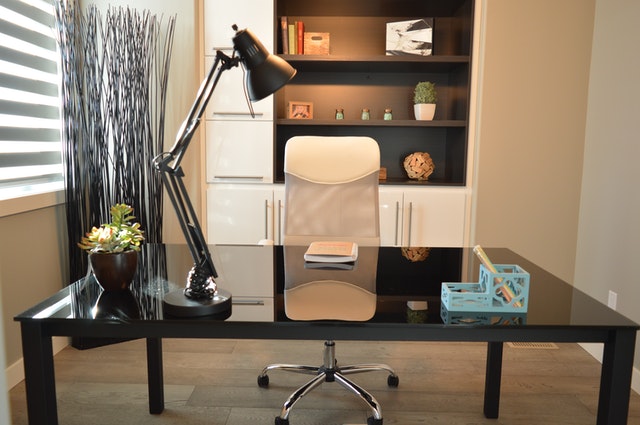
For many people, putting together a home office was somewhat of an afterthought. These rooms or areas were more for storing important paperwork and occasionally working overtime rather than a focal point of the home. After 2020, that all changed.
Many new entrepreneurs and work-from-home aficionados are now investing in this much-needed and highly utilized space. Here are some pro tips to make your home office look like you hired an interior designer.
Create Flow
How you organize your home office can impact your productivity levels. When designers plan a room, they always consider the flow of that space. How will people move around? How can we organize to make it easy to accomplish a task?
In-home offices, the key is to have everything where it needs to be while creating the need for intentional movement. For example, you should have paperwork stored near your desk for easy access. However, calendars and planning tools— like a whiteboard or command center— should be located elsewhere to create a different mindset than when you’re working. Setting up another section where you can sit and drink coffee away from your desk and planning tools will help you unwind without losing focus for the day.
Think about how you can layout your office to create flow and movement. If you’re doing everything at your desk, you’re doing it wrong.
Create Separation
It’s worth noting that some people don’t have the luxury of a designated home office. Instead, they rely on a multipurpose or shared space. In this situation, the goal is to create separation— both functionally and mentally.
If your office is in an open area, consider adding a stylish room divider to block visual distractions while working. The divider can be folded and stored away as needed. Alternatively, you can create separation with curtains or shelves.
It’s also integral to create distance where you can. If your desk is in your bedroom, have it facing away from your bed to set a mental boundary between work and rest. Ensure you have enough space and storage options to prevent your work from carrying over into the space where you’re meant to rest.
Incorporate Functional Storage
Interior designers use functional storage to help minimize clutter. However, they choose stylish storage options to hide the clutter in a way that elevates the room.
Invest in functional storage options like fabric totes and printed photo boxes to add to the room’s aesthetic rather than taking away from it. Consider adding some timeless shaker cabinets to keep paperwork and supplies out of sight and out of mind.
Use a Color Scheme
Don’t just choose a paint color for your office; choose a color scheme. Use a color wheel or palette generator to find complementary and contrasting colors to incorporate in your home office. Start with your leading color, then build around it for a designer-inspired room.
Consider using the 60-30-10 rule when choosing design elements to suit your color palette. Designers use this rule for color distribution to create balance in the room. Typically, your main color would make up 60% of the room, the supporting color 30%, and the contrasting accent color 10%.
For example, you could have navy blue walls (60%), white trim and accessories (30%), and a few lime green lamps (10%) for a well-balanced room design. Remember to use energizing colors for your art and decor to keep your mind engaged as you work.
Prioritize Light
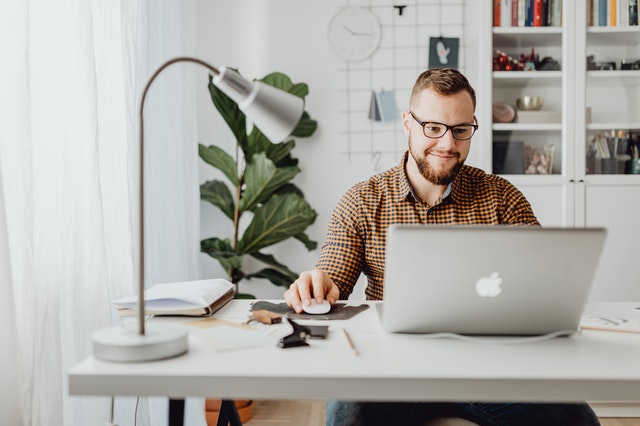
Lighting can make all the difference when working in a home office. The goal is to create a warm, welcoming atmosphere that also promotes productivity. In other words, it’s finding the balance between those terrible overhead fluorescent lights in many office buildings and the dim, soothing lights in a jazz club.
Ideally, you’ll have lots of natural light in your office. If not, recreate the effect with soft, cool lighting in pendants or sconces. If you tend to work into the evenings or early mornings, it can also be nice to have a lamp with a soft warm-toned bulb for a soft transition in and out of the day.
Use Aesthetically-Pleasing Supplies
While affordable wire pencil cups and paper trays do the trick for a home office, it doesn’t create a designer-inspired aesthetic. Swap out the generic office supplies for something more on-brand, using colors and patterns to create cohesion in the room.
Zero Gravity Recliners
A worth-mentioning addition to your home office is a zero gravity recliner. Its ergonomic design helps to take care of your posture and relieve pressure on the spine which is a must for long working hours, and the premium materials it is made of will add to the designer look of the office.
Add Comforting Textiles
Finally, don’t forget to add a few comforting textiles as the cherry on top of your designer-inspired office. A nice area rug and a few on-brand throw blankets can add a touch of comfort and style to your home office.
With these simple tips, you can make your home office look professionally designed.
 World inside pictures Collect and share the best ideas that make our life easier
World inside pictures Collect and share the best ideas that make our life easier
